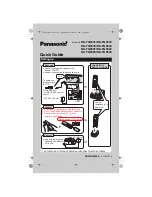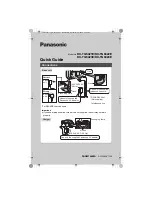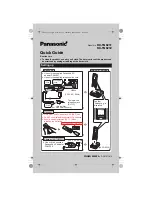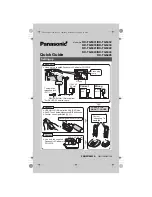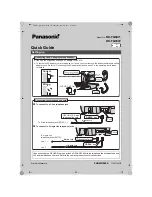
4(42)
Datum/Date
Rev
Dokumentnr/Documentnr
Uppgjord/Prepared
Dokansv/Godkänd - Doc respons/Approved
Kontr/Checked
Tillhör/Referens-File/Reference
1999-07-15
F
1545-ASB 150 02 Uen
FAULT TRACING DESCRIPTION
Faktaansvarig - Subject responsible
1.3
Replacement of printed board assemblies
Before handling printed board assemblies (PBAs) service personnel shall always connect themselves to
ground to prevent damage caused by static discharges.
Older system versions of the PBX must be restarted (e.g. switched OFF and ON) after the replacement
has taken place. As of BP 50/250 Version 3.1 (ASB15002 R10) boards can be replaced during power
on. The board can be exchanged during operation by a board with the same type and number of individ-
uals. Prior to removing the board, it can be disabled for traffic (by RASC) and the new board is put in op-
eration without the need of restarting the exchange. A new board can be inserted in a free slot and put
in operation. When replacing boards be careful when inserting the board in the cabinet as not to dam-
age the backplane connector (e.g. bending pins due to misalignment) or to cause a short circuit on the
layer side of neighbouring boards e.g. by elevated components such as transformers, capacitors.
Note that the PBX will generate warnings to this effect and is therefore advisable to read the relevant
warning log. Also bear in mind that restarts normally generate the alarm and if automatic alarm trans-
mission is active, alarms will be generated to the relevant alarm centre. This can be avoided by
re-classifying the restart codes or by deactivating the alarm transmission.
The changes done to avoid alarms from being issued while servicing shall be reset after final restart has
been effected and the system handed over to the customer.
The procedure for replacement of boards is described below:
1
Transfer the (if any) warning log to a file in RASC if possible for later evaluation and appropriate
measures.
Make a printout of the warning log.
2
Deactivate active alarm.
3
Save configuration data on file in RASC if possible when CPU-D is to be replaced or with the aid of the
Cordless System Manager if the failure concerns the IC-CU_ or IC-LU.
4
Connect portable equipment LYA 30101 to protect against static electricity.
5
Replace faulty PBA.
6
Restart PBX manually (switch power off and on) or via RASC. If the PBX comprises several cabinets the
cabinet containing the CPU-D_ shall be switched ON as last.
7
Empty the warning log.
8
Reset active alarm if this is required.
9
When replacing the CPU-D_ perform a cold-start in the PBX and update it with the saved configuration
data from RASC in order to restart all programmable data.
Boards with Electrostatic Sensitive Devices (ESD) are marked with a
sign.
In the interest of quality and reliability of the system boards, always handle static sensitive boards
Some of the benefits of
ESD protection are:
-less failures/service calls
-lower maintenance costs
-higher customer satisfaction
Use portable equipment LYA 30101
as a protection against electrostatic
discharges.
with special care. Always use a wrist strap connected to a low resistance ground e.g. provided
on the cabinet.





















